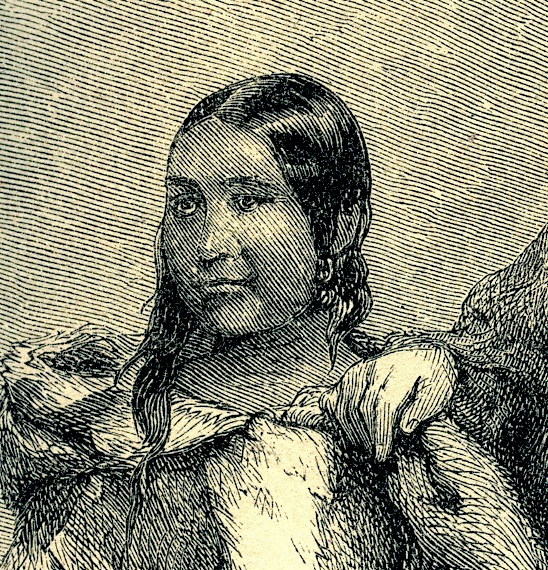Article
The History of Canadian Women in Sport
For hundreds of years, very few sports were considered appropriate for women, whether for reasons of supposed physical frailty, or the alleged moral dangers of vigorous exercise. Increasingly, women have claimed their right to participate not only in what were deemed graceful and feminine sports, but also in the sweaty, rough-and-tumble games their brothers played.








